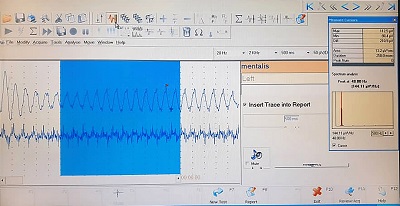Latest News

A Comparative Electromyographic Analysis of Masticatory Muscles Between Skeletal Class II and Skeletal Class I Malocclusion: A Cross-Sectional Study on a Syrian Population
Class II malocclusion is defined as a disorder in the jaw relationship in the sagittal plane, which may be caused by a dimensional or positional disorder of one or both jaws, and it also results from a disorder in the upper or lower dental arch or both. As for the pathological mechanism, many studies applied to families and twins have shown that heredity plays an important role in a large percentage of Class II malocclusion cases, especially those of skeletal origin. Genetics also plays a role in inhibiting the growth of the lower jaw through intense muscle activity of the orbicularis oris muscle, which leads to palatal inclination of the upper incisors, which in turn leads to lingual inclination of the lower incisors.
A cross-sectional study was conducted using a sample of 56 selected patients referred to the Department of Orthodontics and Dentofacial Orthodontics, Faculty of Dentistry at the University of Damascus, Damascus, Syria. An electromyographic device measured the myoelectric activity of the perioral muscles on patients in the two created groups: the skeletal Class I malocclusion group (n=28 patients) and the skeletal Class II malocclusion group (n=28 patients). This study aimed to investigate whether there was a difference in the muscular activity of the masticatory muscles between patients with skeletal Class II and skeletal Class I malocclusion.
The study found a similarity in the muscular activity between the right and left sides within the same group, without significant differences between both sides for each muscle (P>0.05). The Class II group had significantly greater activity in the buccinator and digastric muscles than the Class I group (p<0.05). On the other hand, the Class I group had significantly greater activity in the orbicularis and mentalis muscles than the Class II group (P<0.05).
The study concluded that patients with skeletal Class II malocclusion and skeletal Class I showed differences in muscular activity. The buccinator and digastric muscles were more active in skeletal Class II patients, while orbicularis oris and mentalis were less active. The temporalis and masseter muscles showed similar activity in both groups.







